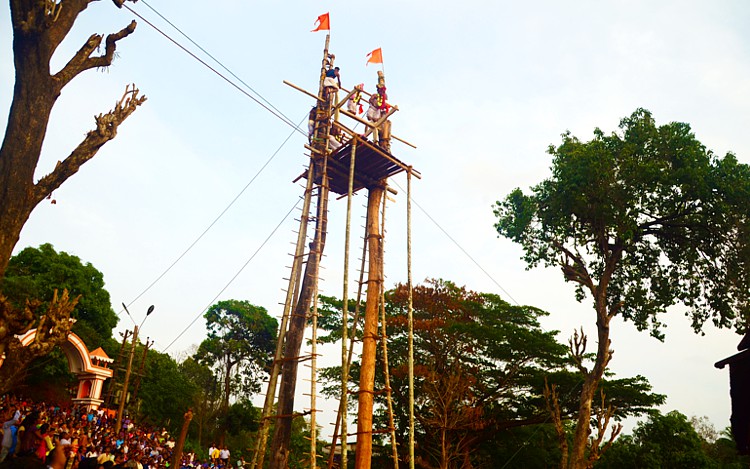Gadyaanchi Jatra of Poinguinim The festival of Gadyaanchi Jatra, which happens once in three years at Poinguinim, a village in Canacona is celebrated in the name of Shri Betal who is the most feared and highly revered deity of Poinguinim and its neighbourhood. The first year (of the third year) a ritual called ‘Jevnni’ is […]

